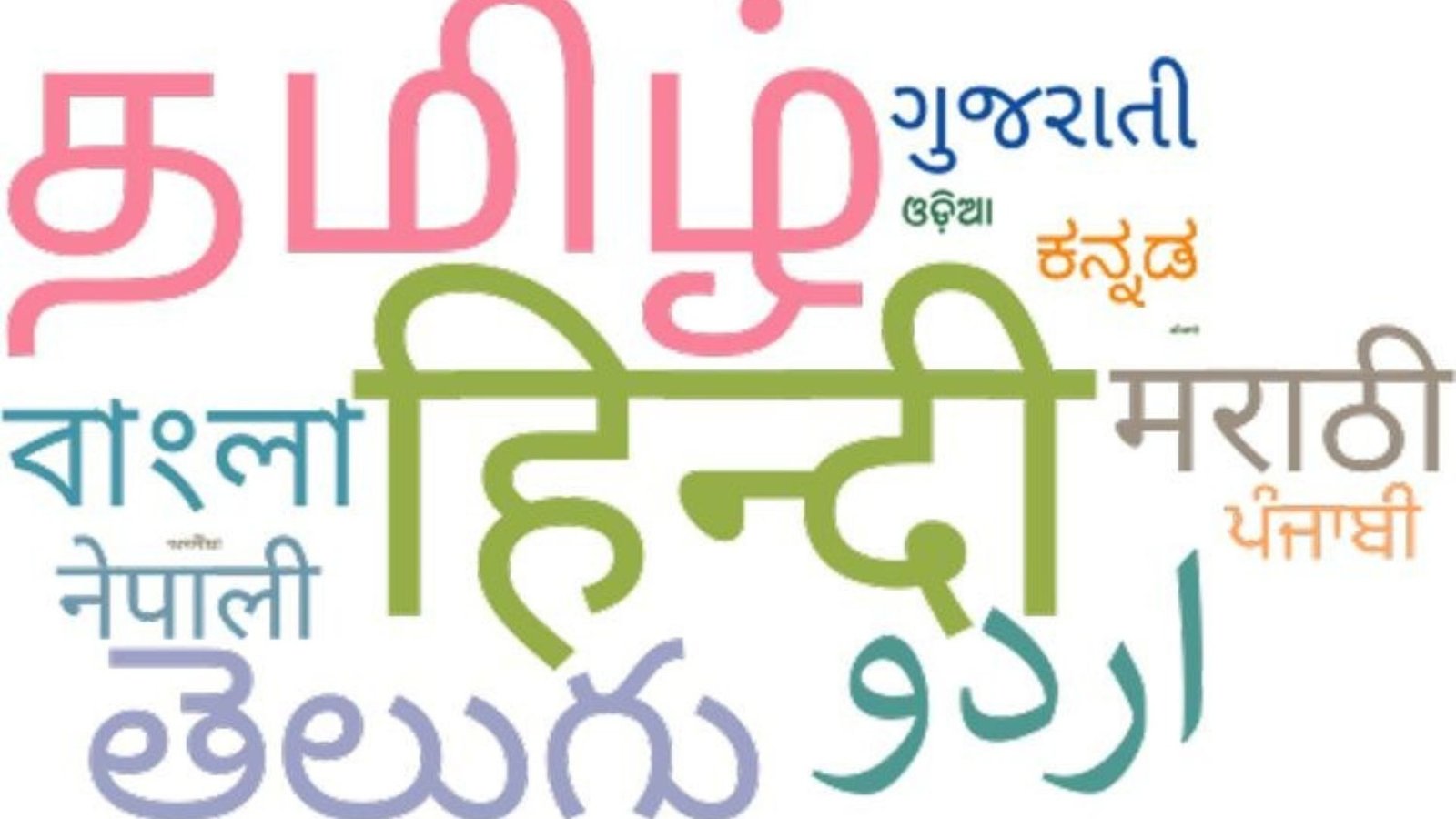Mastering Hindi and Other Major Indian Languages
Mastering Hindi, along with other major Indian languages, can open up a world of cultural richness and communication possibilities. India, with its diverse linguistic heritage, offers a unique opportunity to connect with millions of people and understand their traditions, stories, and daily lives. In this article, we’ll explore practical tips and strategies for mastering Hindi … Read more










